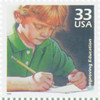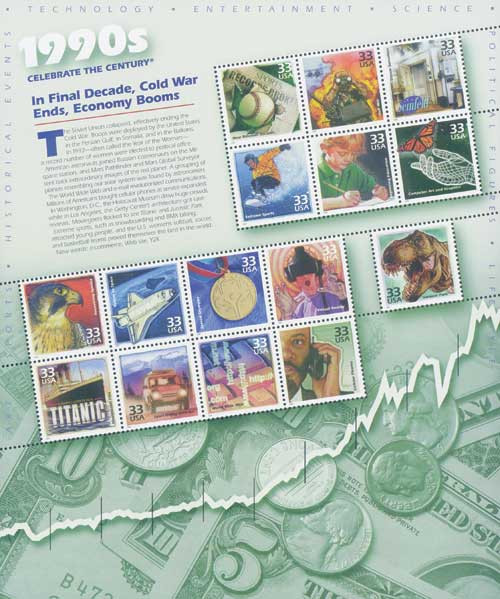
# 3191e - 2000 33c Celebrate the Century - 1990s: Improving Education
Â
2000 33¢ Improving Education
Celebrate the Century
City: Monterey, CA
Quantity:Â 8,250,000
Printed By: Ashton-Potter (USA) Ltd
Printing Method: Lithographed
Perforations: 11 ½
Color: Multicolored
World Teachers’ Day
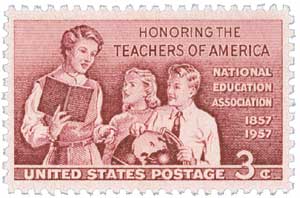
On October 5, 1994, the first World Teachers’ Day was observed. Also called International Teachers’ Day, it’s a time to appreciate our teachers and support efforts to improve their education and working conditions.
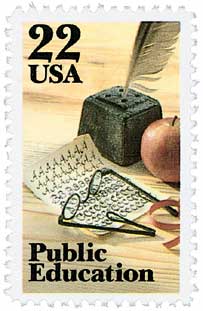
This date was selected to coincide with the anniversary of the 1966 UNESCO/ILO Recommendation concerning the Status of Teachers. On October 5, 1966, the UNESCO (United Nations Educational, Scientific and Cultural Organization) and ILO (International Labour Organization) met in Paris.
They issued their recommendation to establish universal rights and responsibilities for teachers as well as standards for their initial and continuing education plus recruitment, employment, and working conditions. This recommendation covers school level teachers from pre-primary through secondary level and applies to all types of schools – public, private, vocational, technical, and arts.
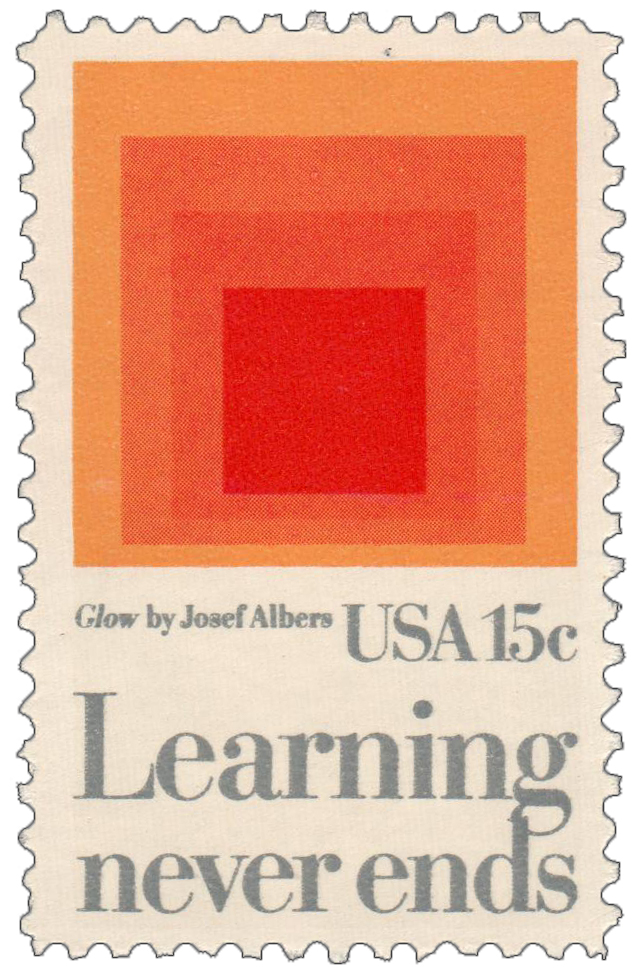
The 1966 recommendation established international standards for a large variety of issues relating to the professional, social, ethical, and material concerns of teachers. The opening lines of the recommendation acknowledged that proper education for all is a basic human right, and “the essential role of teachers in educational advancement and the importance of their contribution to the development of man and modern society.â€
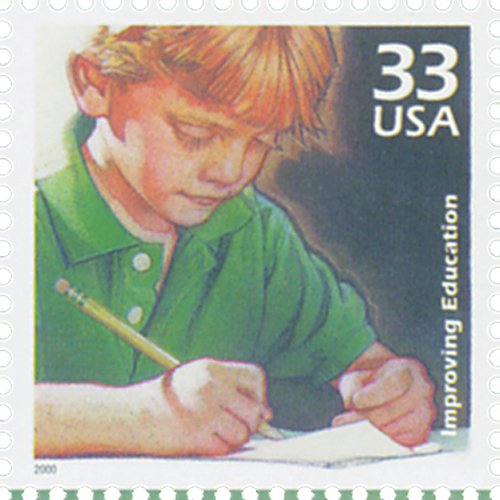
It also states that “teaching should be regarded as a profession: it is a form of public service which requires of teachers expert knowledge and specialized skills, acquired and maintained through rigorous and continuing study.â€Â The recommendation further states that teachers’ organizations contribute a great deal to educational advancements and should be included in policy considerations.
In 1997, UNESCO issued its Recommendation concerning the Status of Higher-Education Teaching Personnel, calling for similar practices as set out in the 1966 recommendation for colleges and universities.
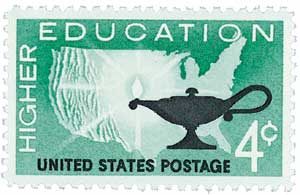
On October 5, 1994, the United Nations established World Teachers’ Day. The day’s purpose is to focus on “appreciating, assessing, and improving the educators of the world,†and to consider issues that relate to teachers and teaching. Communities are encouraged to honor their teachers and teacher organizations as well as their contributions to the education of our future leaders. Recent years have also included specialized themes, including Valuing Teachers, Improving their Status; Empowering Teachers; the Right to Education Means the Right to a Qualified Teacher; and Young Teachers: the Future of the Profession. The 2021 theme is Teachers at the Heart of Education Recovery and includes events focused on how the COVID pandemic has affected the teaching profession.
Â
Â
2000 33¢ Improving Education
Celebrate the Century
City: Monterey, CA
Quantity:Â 8,250,000
Printed By: Ashton-Potter (USA) Ltd
Printing Method: Lithographed
Perforations: 11 ½
Color: Multicolored
World Teachers’ Day

On October 5, 1994, the first World Teachers’ Day was observed. Also called International Teachers’ Day, it’s a time to appreciate our teachers and support efforts to improve their education and working conditions.

This date was selected to coincide with the anniversary of the 1966 UNESCO/ILO Recommendation concerning the Status of Teachers. On October 5, 1966, the UNESCO (United Nations Educational, Scientific and Cultural Organization) and ILO (International Labour Organization) met in Paris.
They issued their recommendation to establish universal rights and responsibilities for teachers as well as standards for their initial and continuing education plus recruitment, employment, and working conditions. This recommendation covers school level teachers from pre-primary through secondary level and applies to all types of schools – public, private, vocational, technical, and arts.

The 1966 recommendation established international standards for a large variety of issues relating to the professional, social, ethical, and material concerns of teachers. The opening lines of the recommendation acknowledged that proper education for all is a basic human right, and “the essential role of teachers in educational advancement and the importance of their contribution to the development of man and modern society.â€

It also states that “teaching should be regarded as a profession: it is a form of public service which requires of teachers expert knowledge and specialized skills, acquired and maintained through rigorous and continuing study.â€Â The recommendation further states that teachers’ organizations contribute a great deal to educational advancements and should be included in policy considerations.
In 1997, UNESCO issued its Recommendation concerning the Status of Higher-Education Teaching Personnel, calling for similar practices as set out in the 1966 recommendation for colleges and universities.

On October 5, 1994, the United Nations established World Teachers’ Day. The day’s purpose is to focus on “appreciating, assessing, and improving the educators of the world,†and to consider issues that relate to teachers and teaching. Communities are encouraged to honor their teachers and teacher organizations as well as their contributions to the education of our future leaders. Recent years have also included specialized themes, including Valuing Teachers, Improving their Status; Empowering Teachers; the Right to Education Means the Right to a Qualified Teacher; and Young Teachers: the Future of the Profession. The 2021 theme is Teachers at the Heart of Education Recovery and includes events focused on how the COVID pandemic has affected the teaching profession.
Â





